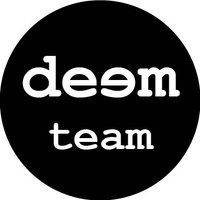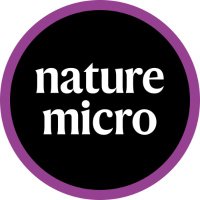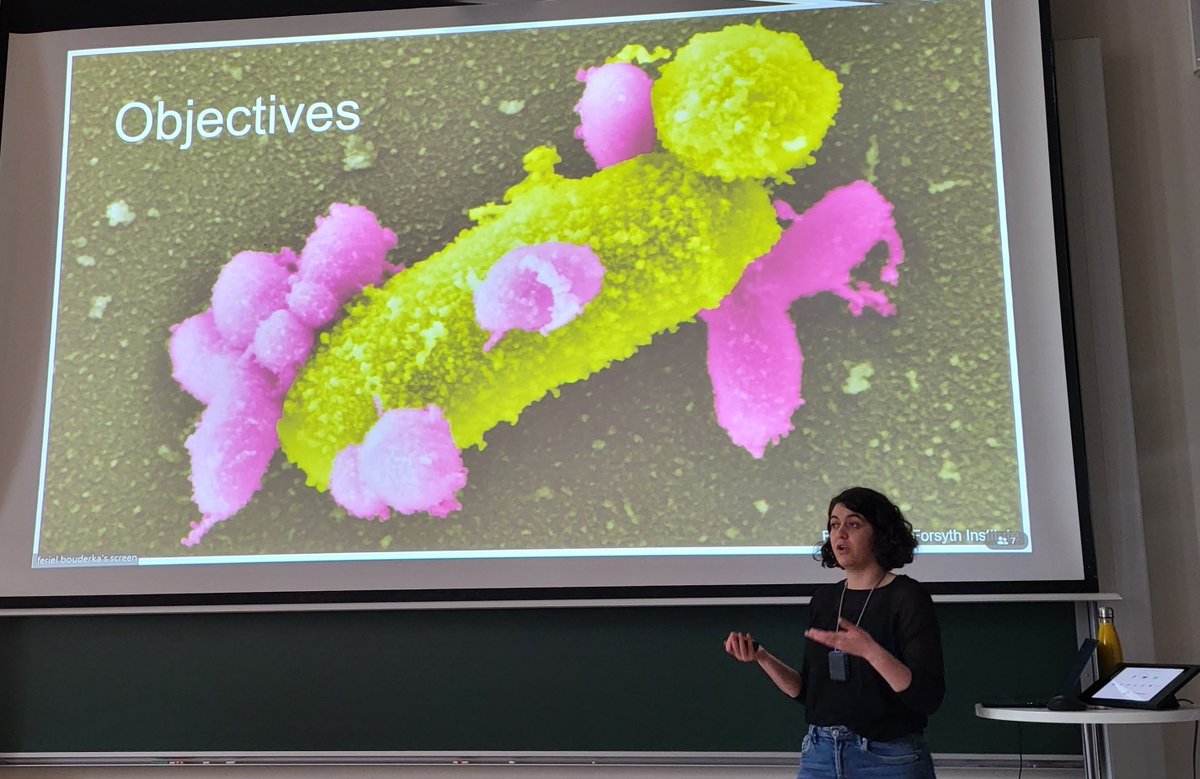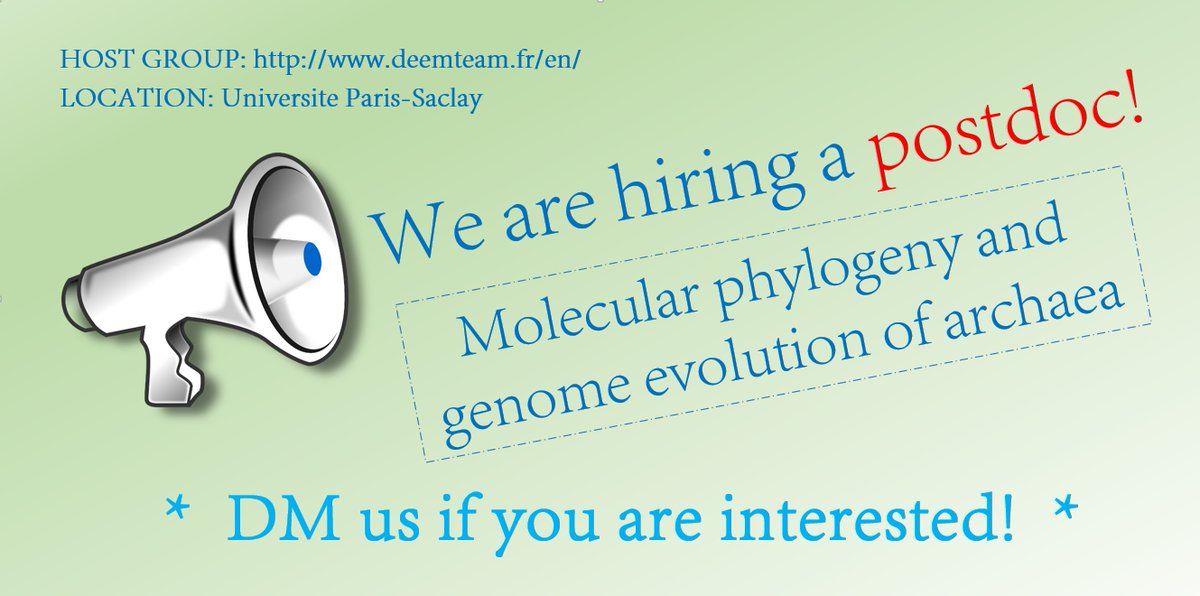
Ana Gutierrez
@anagtz
Mexicats with microbes
ID: 30973157
13-04-2009 22:07:31
3,3K Tweet
467 Followers
685 Following

Esto duele en el alma. Nuestros colegas en formación, los estudiantes de posgrado, exigiendo lo que les prometieron y ahora les niegan: becas para su formación. @Conahcyt_Mex y María Elena Álvarez-Buylla Roces su obligación es estimular el desarrollo del sistema, no limitarlo.


Just published! We have studied the diversity and interactions of prokaryotes and protists in the wonderful Salar de Huasco. A collaboration with our Chilean friends 🌻Carolina F. Cubillos🌻 Pablo Aguilar and Cristina Dorador Ortiz 🦩 journals.asm.org/doi/epub/10.11…


OUT NOW Expanded phylogeny of extremely halophilic archaea shows multiple independent adaptations to hypersaline environments DEEM team Orsay nature.com/articles/s4156…


It's out! It's out! It's out!!! DEEM team Orsay @eme_laura Alvaro Rodríguez del Río Andrew J. Roger (@andrewjroger.bsky.social) Ana Gutierrez Jaime Huerta-Cepas nature.com/articles/s4156…





After years of protist isolation within the DEEM team Orsay we are proud to share this preprint. Here we present a version of the eukaryotic tree of life enriched for our favorite protists, water beans (Ancyromonadida) and tiny elephants (Apusomonadida): biorxiv.org/content/10.110…



It includes our (DEEM team Orsay ) work on hypersaline ecosystems in the Danakil depression, with microbial communities harbouring up to 99% of archaea. Go check these unique sites: nature.com/articles/s4155…

Brittany Baker talking about archaeal phylogeny at the #GDRarchaea meeting. DPANN are monophyletic and evolved from euryarchaeal ancestors!






I'm very happy to report that Matthew S. Schechter's PhD work is now online as a pre-print: "Ribosomal protein phylogeography offers quantitative insights into the efficacy of genome-resolved surveys of microbial communities" biorxiv.org/content/10.110… Aaand here's a little 🧵 about it.


In collaboration with Deem Team DEEM team Orsay, we uncovered the complex interactions between haloarchaea, nanohaloarchaea, and their respective viruses and virus satellites in salt lakes. See 🧵 #DPANN #archaealViruses #Satellite biorxiv.org/content/10.110…






